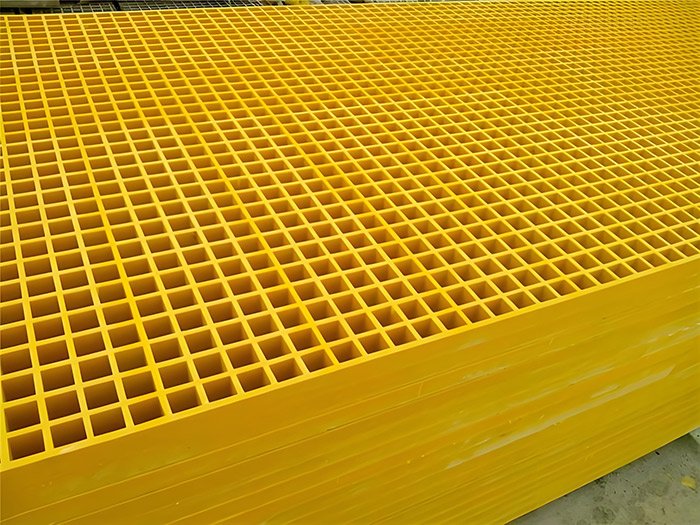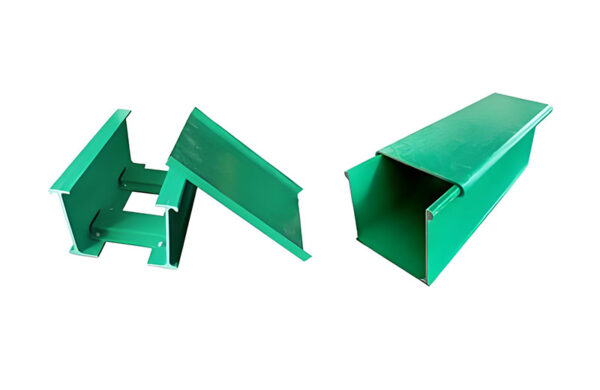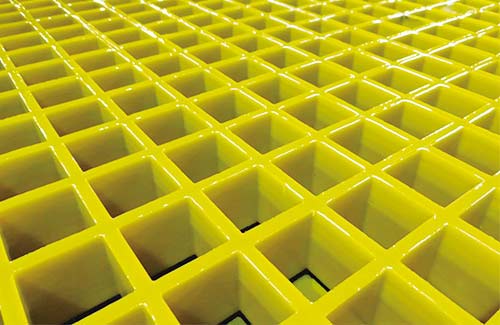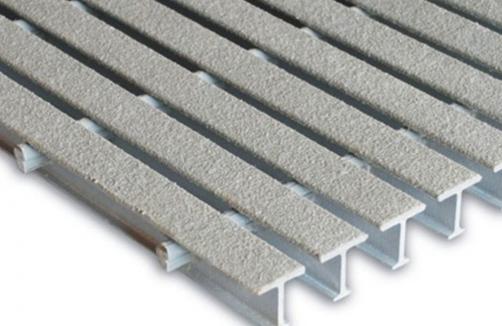FRP Grating for Theme Park Boardwalks: The Ideal Choice for Durability and Aesthetics

Theme parks are vibrant hubs of entertainment, where every detail contributes to the guest experience. Boardwalks, in particular, play a crucial role in connecting different attractions while ensuring safety and durability. Traditional materials like wood and concrete often require frequent maintenance and can deteriorate over time. This is where Fiber Reinforced Polymer (FRP) grating emerges as the ideal solution—offering superior durability and aesthetic appeal. But what makes FRP grating the best choice for theme park boardwalks? Let’s explore.
What Are the Challenges of Traditional Boardwalk Materials?
Wooden boardwalks are popular for their natural look, but they are prone to rot, insect damage, and warping. Concrete boardwalks, while durable, can be heavy, expensive to install, and prone to cracking. Both materials require constant maintenance, which can be costly and disruptive for theme parks. Additionally, traditional materials may not withstand extreme weather conditions, such as heavy rain or saltwater exposure, common in coastal theme parks.
How Does FRP Grating Address These Issues?
FRP grating is a composite material made of fiberglass reinforced with polymer resin. This combination creates a lightweight yet incredibly strong surface that resists corrosion, rot, and chemical damage. Unlike wood, FRP doesn’t splinter or decay, making it safer for pedestrians. Unlike concrete, it’s easier to install and maintain, saving both time and money in the long run.
What Are the Aesthetic Benefits of FRP Grating?
Aesthetics are just as important as durability in theme parks. FRP grating comes in various colors, patterns, and finishes, allowing designers to match the theme of the park seamlessly. Whether it’s a tropical paradise or a futuristic world, FRP can be customized to enhance the visual appeal. Its smooth surface also prevents tripping hazards, ensuring a safer walking experience.
Is FRP Grating Cost-Effective?
While the initial investment in FRP grating may be higher than traditional materials, its long-term benefits make it a cost-effective choice. FRP requires minimal maintenance, reducing repair costs and downtime. Its longevity means theme parks can avoid frequent replacements, further optimizing expenses. Moreover, FRP’s lightweight nature reduces structural load on supports, lowering construction costs.
How Does FRP Grating Contribute to Sustainability?
Sustainability is a growing concern in the tourism industry. FRP grating is an eco-friendly option because it doesn’t use timber, reducing deforestation. It’s also recyclable at the end of its lifespan, minimizing waste. By choosing FRP, theme parks can demonstrate their commitment to environmental responsibility while enjoying durable and low-maintenance infrastructure.
Case Study: A Successful FRP Grating Implementation
Many theme parks worldwide have already adopted FRP grating for their boardwalks. For instance, a popular coastal theme park replaced its aging wooden walkways with FRP grating. The result? Enhanced durability, reduced maintenance costs, and a more visually appealing boardwalk that aligned perfectly with the park’s tropical theme. Visitors praised the safer, more seamless surface, contributing to an improved overall experience.
Why Choose FRP Grating for Your Next Project?
When it comes to theme park boardwalks, FRP grating stands out for its durability, aesthetics, and cost-effectiveness. It’s a material that combines strength with design flexibility, ensuring both safety and visual appeal. By choosing FRP, theme parks can create memorable experiences while investing in long-term sustainability.
If you’re planning a boardwalk for your theme park, consider FRP grating as the smart choice. Share this article with your team or clients to explore how FRP can elevate their projects!







